|
I recently spoke with someone about rebalancing, and her response was, “I don’t want to day trade.” Annual balancing is not day trading. In fact, it is the most important thing that you can to preserve, protect and grow your nest egg. And here’s why.
1. Annual Rebalancing is a Buy Low, Sell High Plan on Auto-Pilot for Your Nest Egg. Annual rebalancing is not daytrading. It is a simple strategy for always being sure that you have enough safe and are properly diversified. The added benefit of annual rebalancing is that it forces you to do what you should be doing, i.e. trimming back when your assets have had a great run (selling high) and buying more when asset prices go down (buying low). The truth is that buying low and selling high is easy to say and hard to do? Why? Because it is completely against human nature. Also, when you ride the Wall Street rollercoaster up and down, you simply don’t have any money to buy low with. You have suffered so many losses that the only thing you can do is recover. (This happens in real estate, too.) 2. This Alone Would Have Protected You From the Devastating Losses of the Great Recession and the Dot Com Recession. You can’t afford to lose more than half of your assets every 8-10 years. Annual rebalancing ensures this doesn’t happen to you. Let’s say that you had a spectacular year in 2007. If you use the old-fashioned Buy and Hope plan, then you would have lost 55% in the Great Recession. The losses were even more catastrophic in the Dot Com Recession, when NASDAQ lost 78% of its value (and took 15 years to come back to even). Annual rebalancing would have ensured that you kept enough safe during both of those downturns. Those people who overweighted safe earned gains in the last two recessions and outperformed the bull markets in between. (On December 24, 2007, I posted a blog encouraging people to overweight up to 20% safe. I am encouraging extra protection again now.) 3. What’s Hot and What’s Safe Change Every Year. Getting Hot: In 2007, clean energy was the top performing industry, earning 62% gains. In 2008, it was the worst performer. NASDAQ doubled the Dow in the wake of the Great Recession, so adding an extra slice of technology really spiced up the performance of your portfolio. Getting Safe: In normal times, bonds are an easy way to get safe. However, with so much leverage in the world, bonds are quite vulnerable. Over half of the investment grade bonds are just one downgrade away from junk status. Many bond funds have 20% or more of junk bonds in them. Bonds lost money in 2018 and are vulnerable in the near future. In 2019 (and beyond), it’s very important to educate yourself on how to win in an over-leveraged world where most assets are in a bubble: stocks, bonds and real estate. 4. You Age a Year Every Year. The basic rule of investing is to always keep a percentage equal to your age safe, and to diversify your “at-risk” investments. See the sample pie charts below. 5. Your Action Plan Is Obvious Once You Are Properly Diversified. Most people are not properly diversified. Even if you have pages and pages of holdings, you might just have large cap growth and value over and over again. I’ve been doing a lot of second opinions this year, and not one person was properly diversified or had enough safe. Once you trim back all of that nonsense into a sensible, easy plan with ten diversified funds, then each year you simply:
6. Stick to Your Knitting. This is an age-old adage in investing. If you have a time-proven plan (my easy-as-a-pie-chart nest egg strategy), then you stick to it, no matter what kind of noise you hear in the media. In 1999, you would have heard a lot of self-proclaimed experts claiming we were in a New Economy when Dot Coms didn’t have to make any money at all. In 2007, you were drowned in ads offering no down, Liar’s Loans and easy access to your home equity ATM machine (even though that would send over 10 million homes to auction in the coming years). Today, you’re hearing how great our economy is doing, despite the facts that:
Of course, all of this requires you actually knowing what you own, which is why I began offering 2nd opinions. Call 310-430-2397 to learn more. Additional Tips About What’s Hot and What’s Safe
If you'd like to learn time-proven strategies that earned gains in the last two recessions and have outperformed the bull markets in between, join me at my Wild West Investor Educational Retreat this Oct. 19-21, 2019. Click on the flyer link below for additional information, including the 15+ things you'll learn and VIP testimonials. Call 310-430-2397 to learn more. Register by June 30, 2019 to receive the lowest price and a complimentary 50-minute private prosperity coaching session (value $300). I'm also offering an unbiased 2nd opinion on your current retirement plan. Call 310.430.2397 for pricing and information. Other Blogs of Interest
Cannabis Crashes. Should You Get High Again? Are You Suffering From Buy High, Sell Low Mentality? Financial Engineering is Not Real Growth The Zoom IPO. 10 Rally Killers. Fix the Roof While the Sun is Shining. Uber vs. Lyft. Which IPO Will Drive Returns? Boeing Cuts 737 Production by 20%. Tesla Delivery Data Disappoints. Stock Tanks. Why Did Wells Fargo's CEO Get the Boot? Earth Gratitude This Earth Day. Real Estate is Back to an All-Time High. Is the Spring Rally Over? The Lyft IPO Hits Wall Street. Should you take a ride? Cannabis Doubles. Did you miss the party? 12 Investing Mistakes Drowning in Debt? Get Solutions. What's Hot in 2019? The Debt Ceiling Was Hit (Again) on March 1, 2019. How Bad Will the GDP Report Be? 2019 Investor IQ Test The State of the Union CBD Oil for Sale. The High Cost of Free Advice. Apple's Real Problem in China: Huawei. 2019 Crystal Ball. 2018 is the Worst December Ever. Will the Feds Raise Interest Rates? Should They? Learn what you're not being told in the MSM. Why FANG, Banks and Your Value Funds Are in Trouble. When the Santa Rally is a Loser, the Next Year is a Bigger Loser. Russia Dumps Treasuries and Buys Gold OPEC and Russia Cut Oil Production. Trade Deficit Hits an All-Time High. Wall Street Plunges 800 Points. How to Protect Yourself. Rebalance and Get Safe in December. Here's Why. The Best Investment Decision I Ever Made. What's Safe for Your Cash? FDIC? SIPC? Money Markets? Under the Mattress? The Real Reason Stocks Fell 602 Points on Veterans Day 2018. Will Ford Bonds Be Downgraded to Junk? 6 Risky Investments. 12 Red Flags. 1 Easy Way to Know Whom to Trust With Your Money. Whom Can You Trust? Trust Results. October Wipes Out 2018 Gains. Will There Be a Santa Rally in 2018? The Dow Dropped 832 Points. What Happened? Bonds are In Trouble. Learn 5 Ways to Protect Yourself. Interest Rates Projected to Double by 2020. 5 Warning Signs of a Recession. How a Strong GDP Report Can Go Wrong. Should I Invest in Ford and General Electric? Important Disclaimers Please note: Natalie Pace does not act or operate like a broker. She reports on financial news, and is one of the most trusted sources of financial literacy, education and forensic analysis in the world. Natalie Pace educates and informs individual investors to give investors a competitive edge in their personal decision-making. Any publicly traded companies or funds mentioned by Natalie Pace are not intended to be buy or sell recommendations. ALWAYS do your research and consult an experienced, reputable financial professional before buying or selling any security, and consider your long-term goals and strategies. Investors should NOT be all in on any asset class or individual stocks. Your retirement plan should reflect a diversified strategy, which has been designed with the assistance of a financial professional who is familiar with your goals, risk tolerance, tax needs and more. The "trading" portion of your portfolio should be a very small part of your investment strategy, and the amount of money you invest into individual companies should never be greater than your experience, wisdom, knowledge and patience. Information has been obtained from sources believed to be reliable however NataliePace.com does not warrant its completeness or accuracy. Opinions constitute our judgment as of the date of this publication and are subject to change without notice. This material is not intended as an offer or solicitation for the purchase or sale of any financial instrument. Securities, financial instruments or strategies mentioned herein may not be suitable for all investors. 26/6/2019 03:18:21 pm
If you are not into sales, online marketing, or stocks, you will have a hard time understanding what the article is all about. That's why I want to thank you for explaining it to all of us because we finally got the chance understand what you mean by those words! I am hoping that you are doing great with your annual rebalancing because you need it right now. Plus the fact that there are other factors which keep you busy but still you can blanche everything, that's a skill that I have to learn! Comments are closed.
|
AuthorNatalie Pace is the co-creator of the Earth Gratitude Project and the author of The Power of 8 Billion: It's Up to Us, The ABCs of Money, The ABCs of Money for College, The Gratitude Game and Put Your Money Where Your Heart Is. She is a repeat guest & speaker on national news shows and stages. She has been ranked the No. 1 stock picker, above over 830 A-list pundits, by an independent tracking agency, and has been saving homes and nest eggs since 1999. Archives
July 2024
Categories |

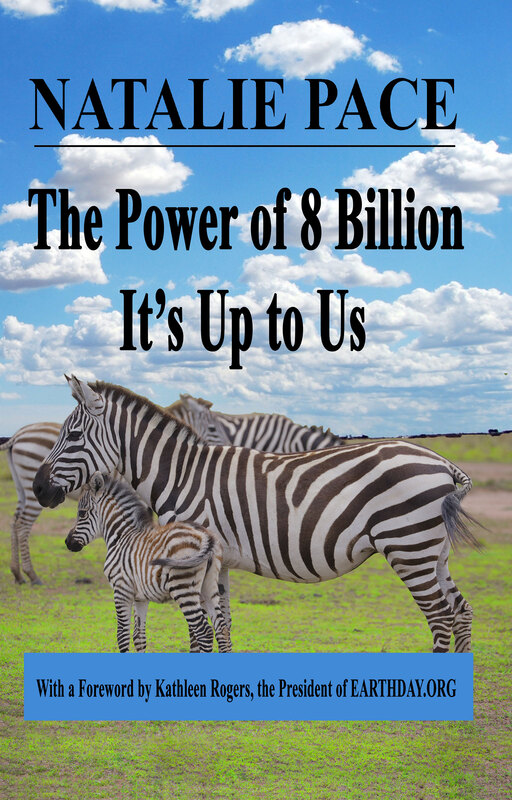
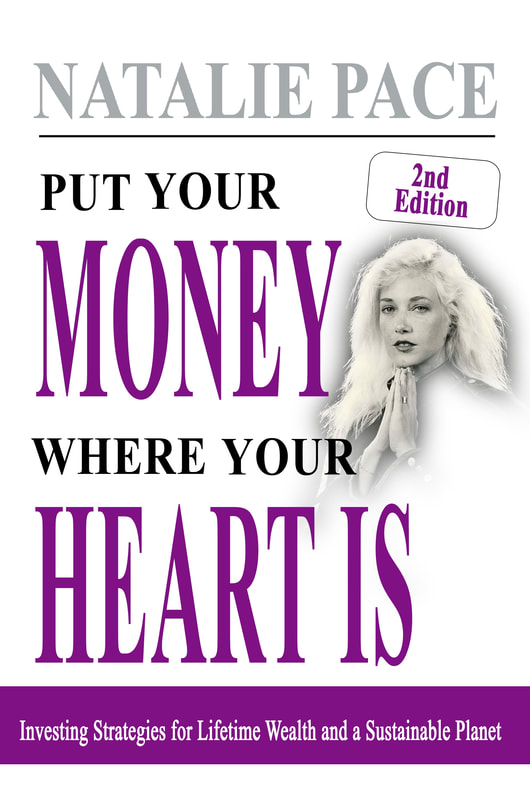
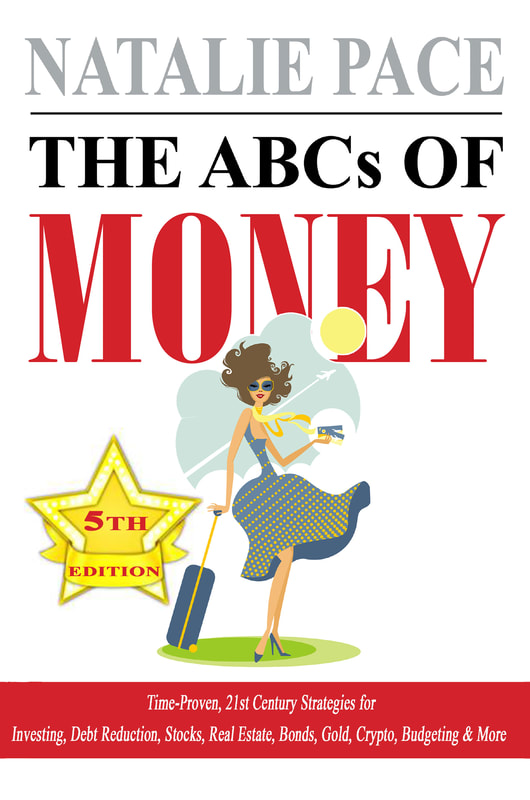

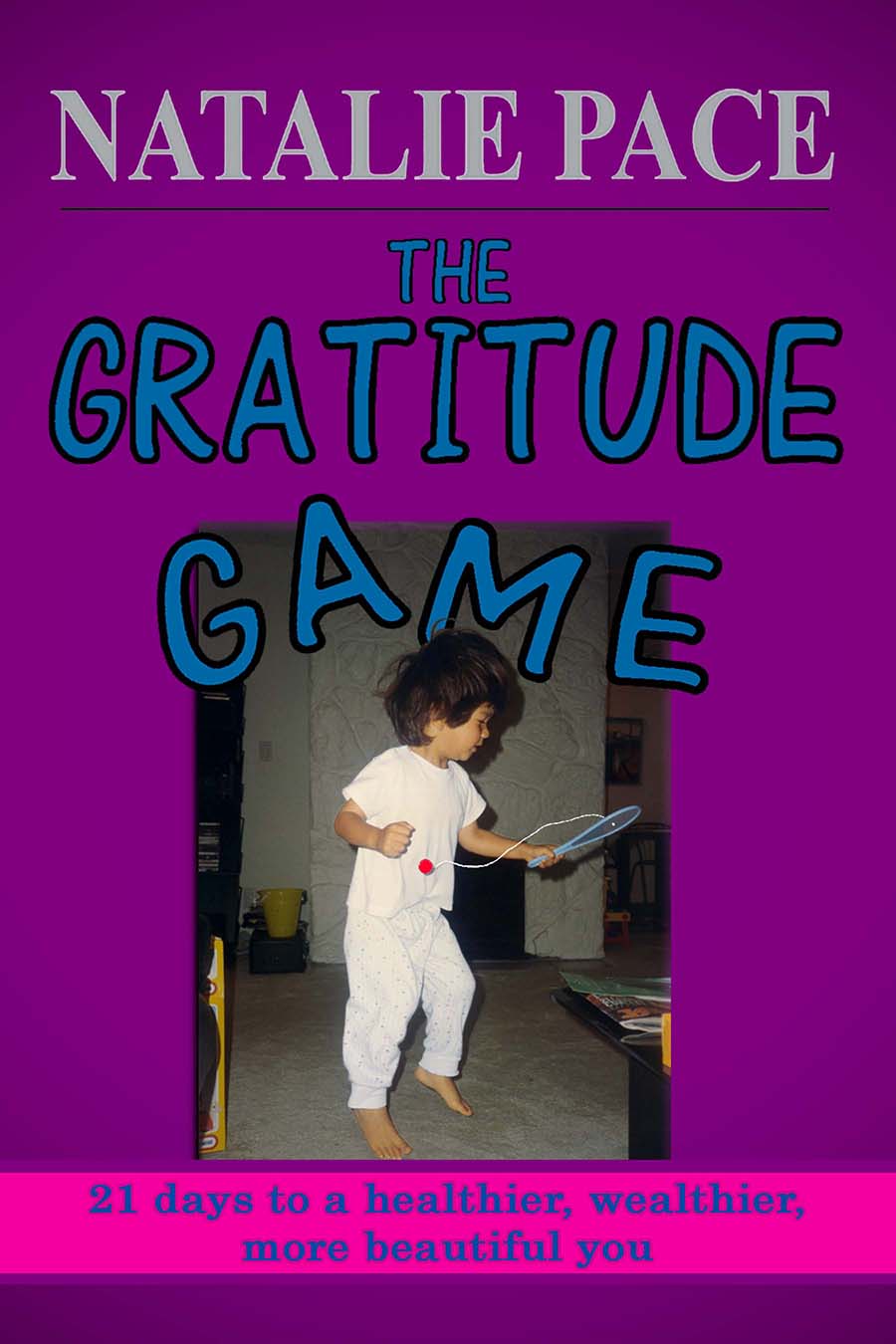

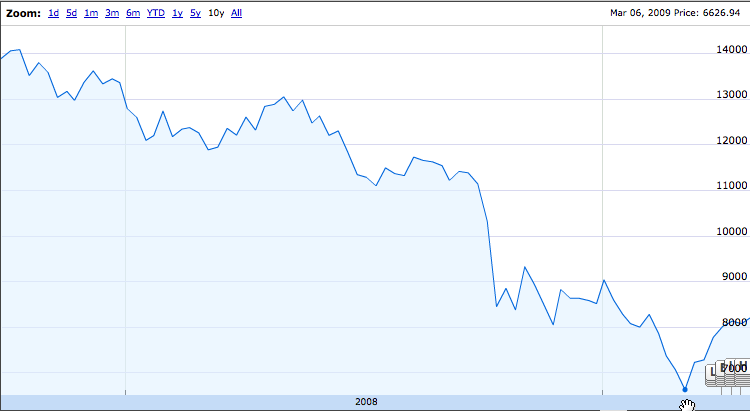
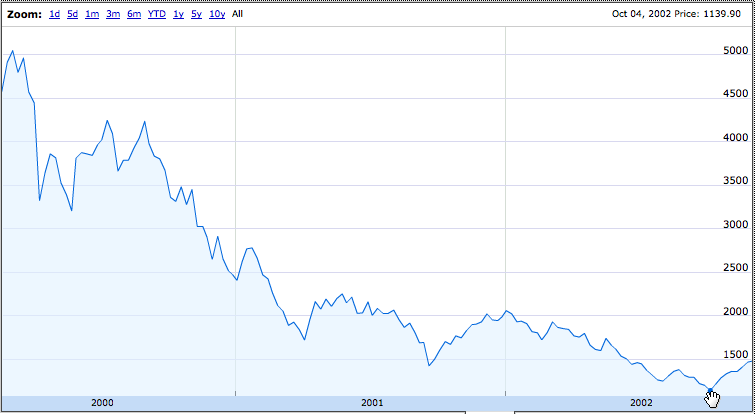

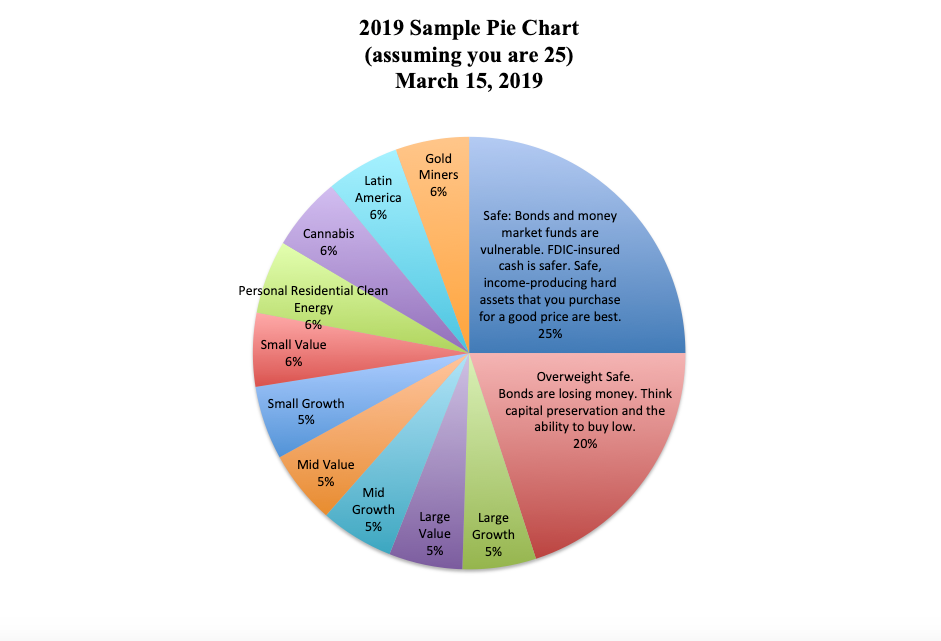

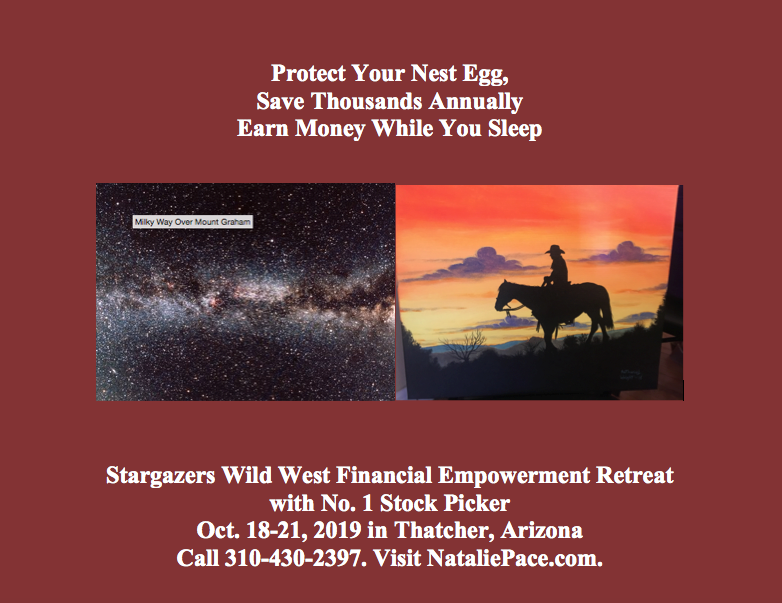
 RSS Feed
RSS Feed